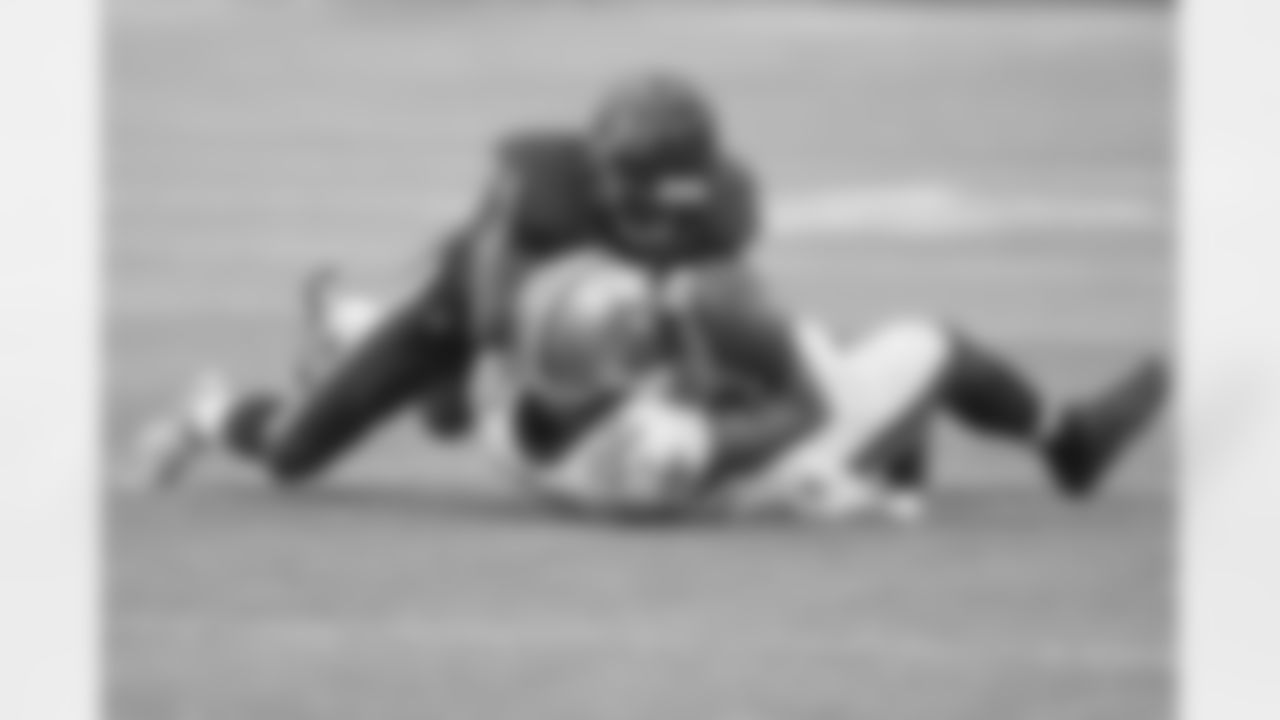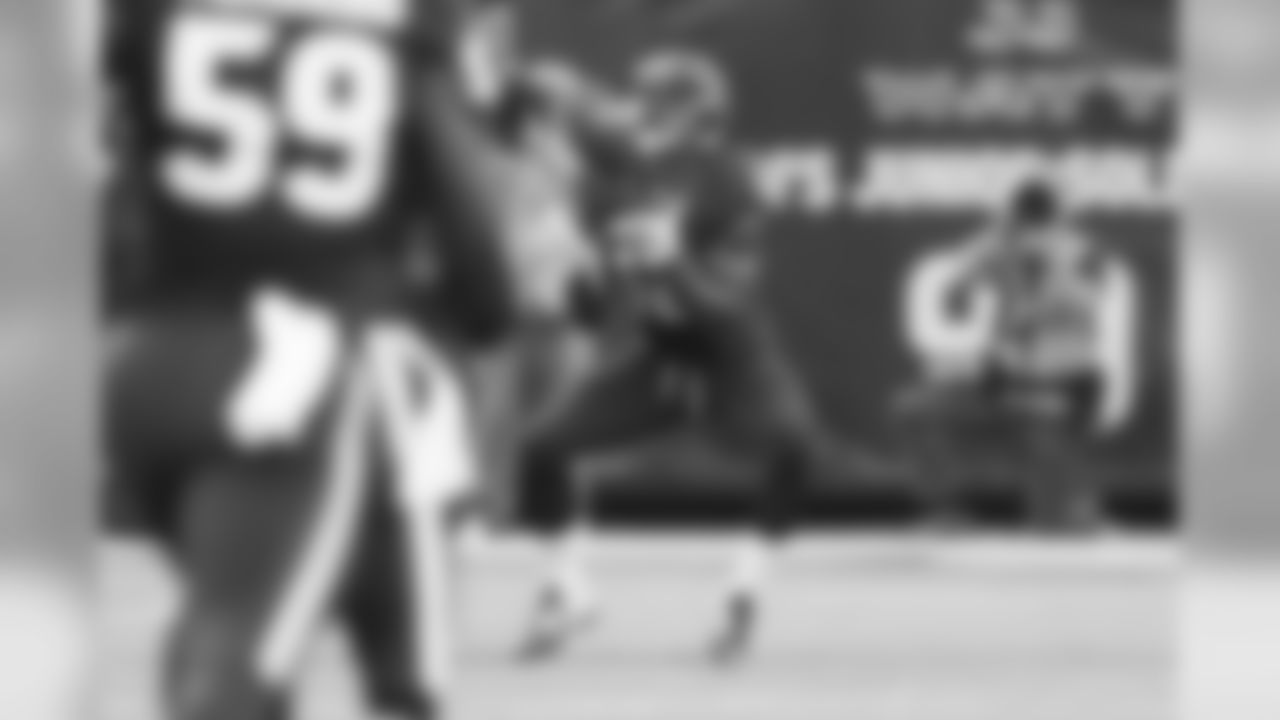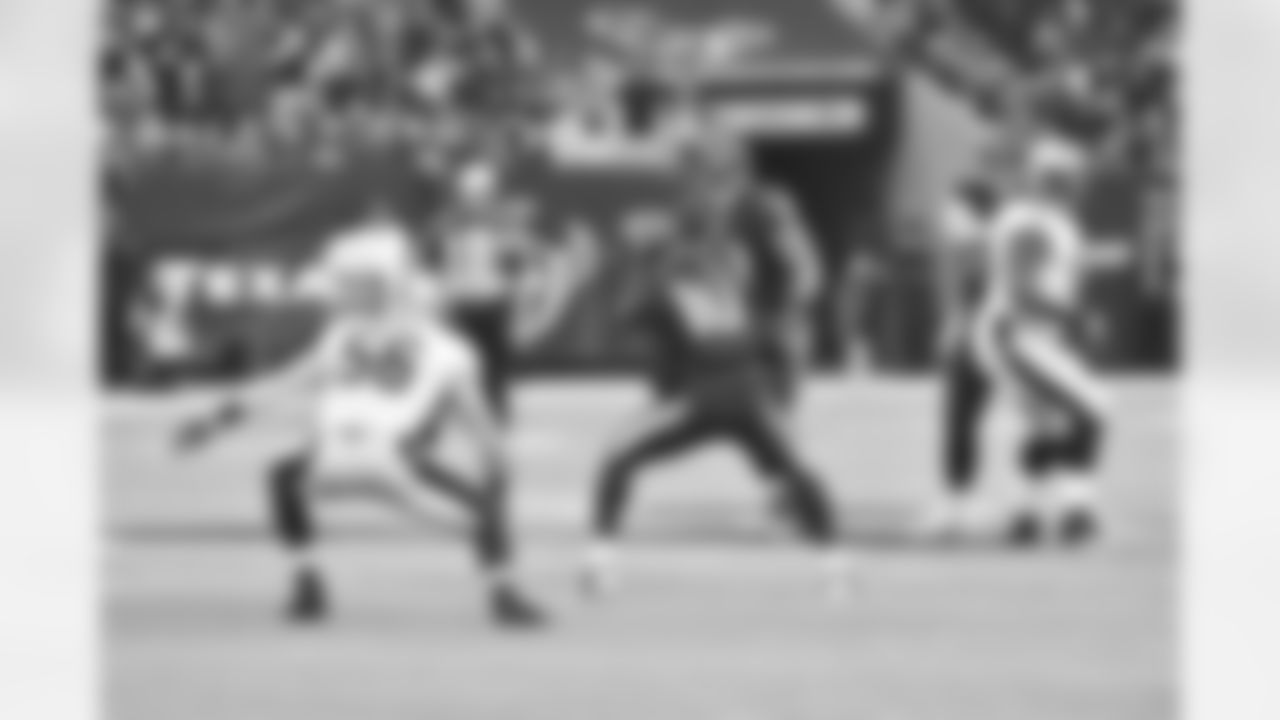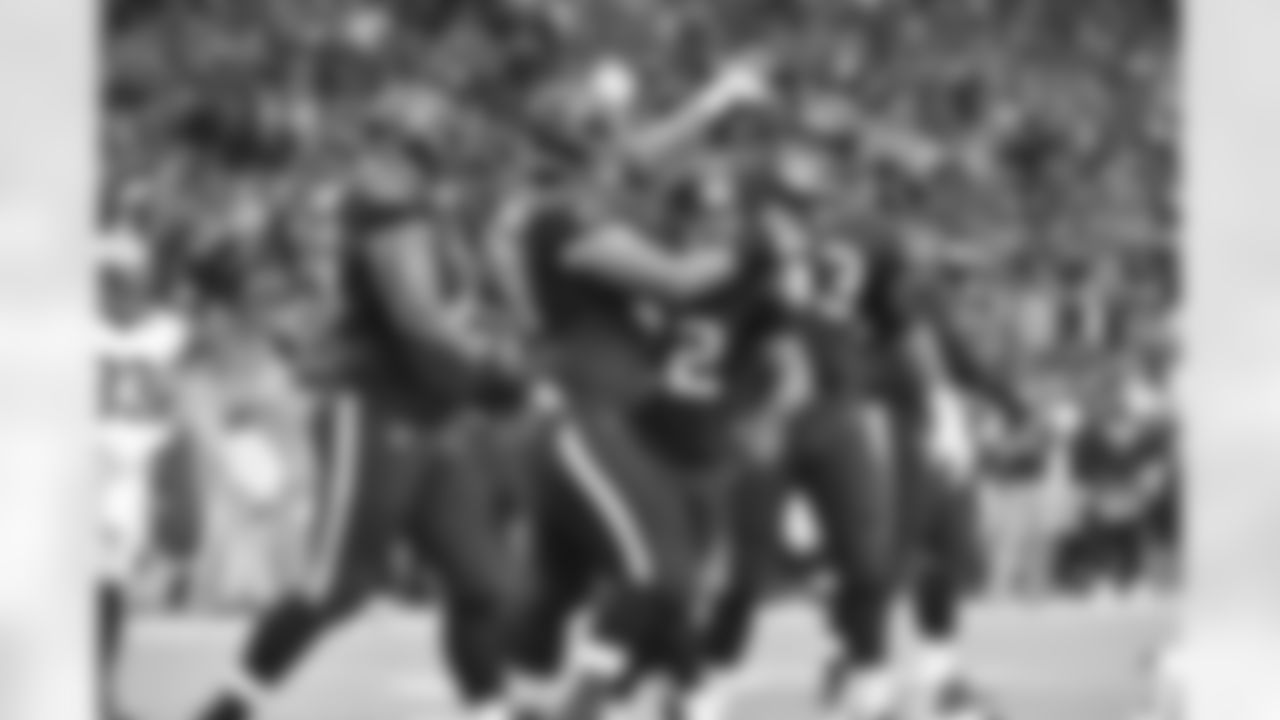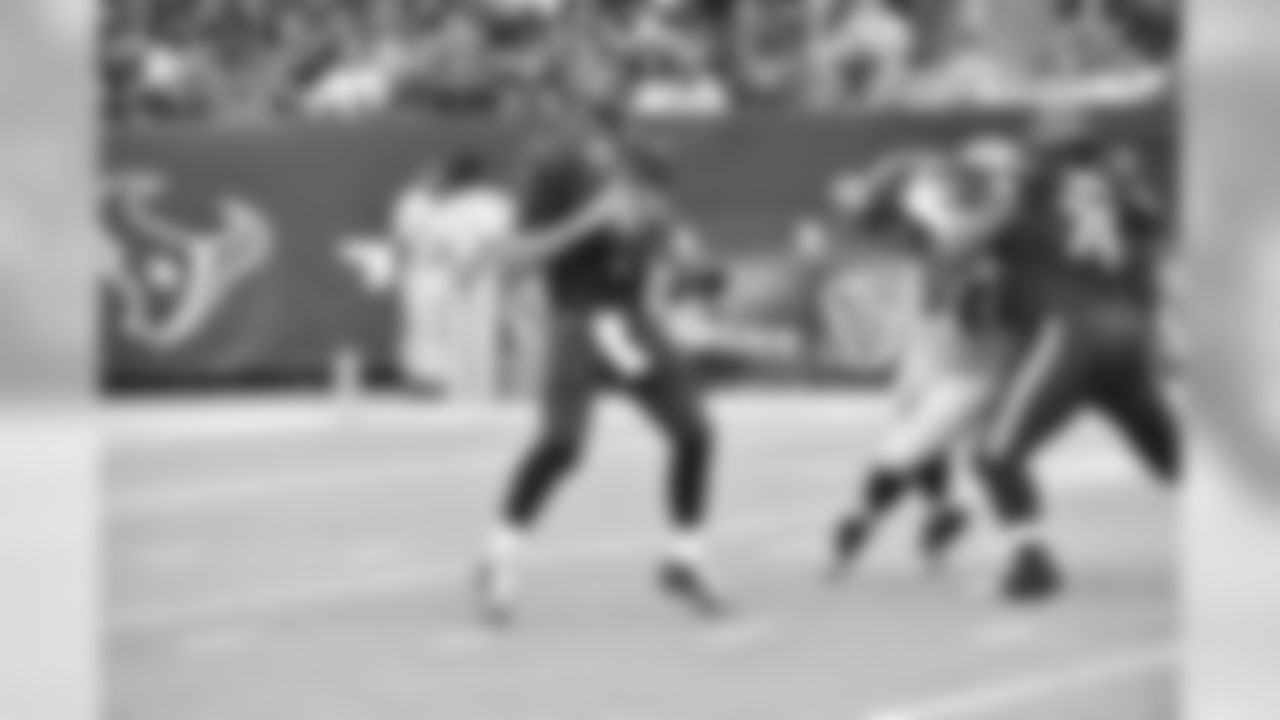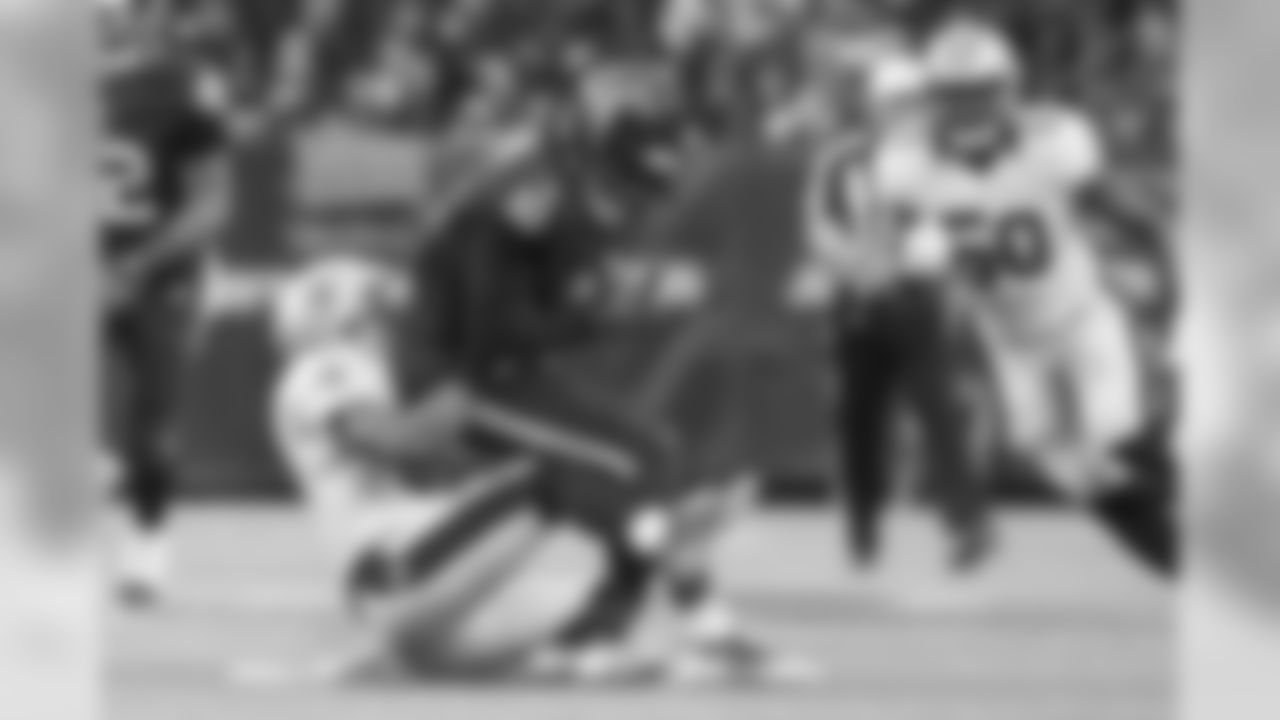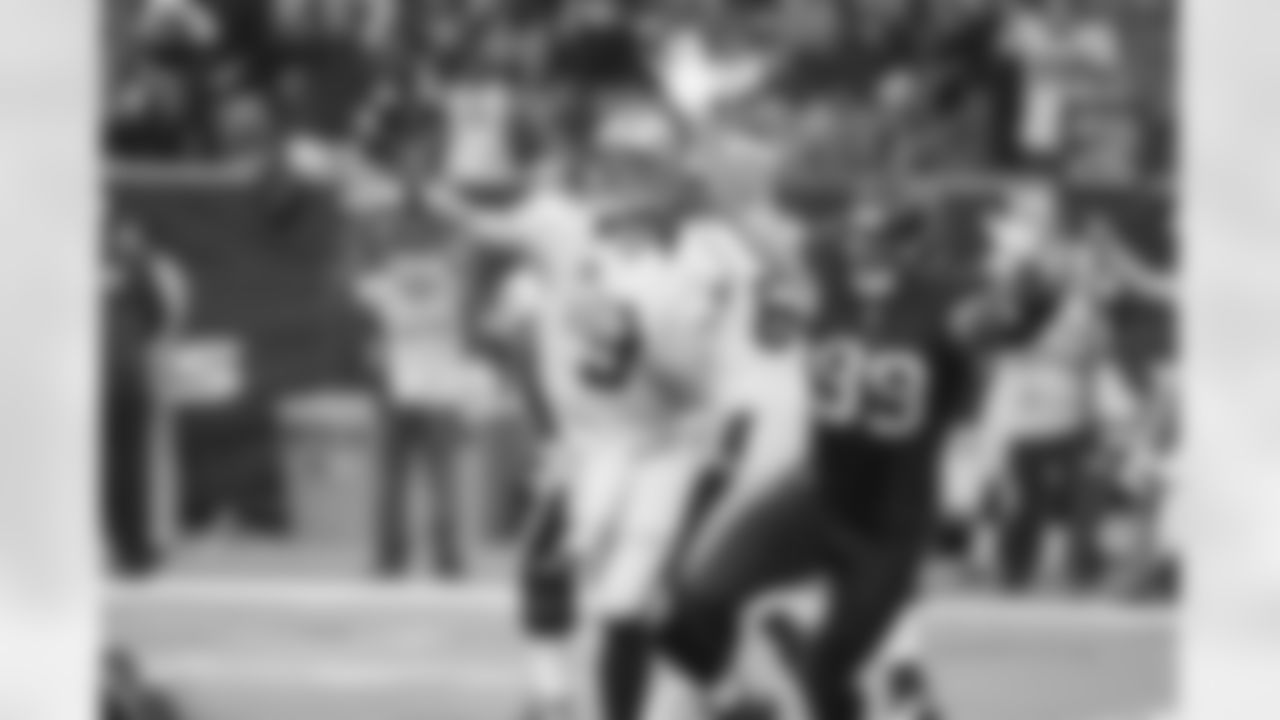[

](http://www.mattressfirm.com/)
The Texans scored on their first drive versus the Saints and it was the first time all year that happened. A number of unique aspects of this drive got my attention - how it was constructed, how it was executed, the number of ways offensive coordinator George Godsey took advantage of personnel matchup advantages and how he used up-tempo to "steal" solid gains on first down. Let's take a look.
Play One
1st and 10
30-yard line!
Prior to the first snap of the game, the Saints immediately matched the Texans personnel. The Texans have typically thrown the ball out of three wide receiver looks, called 11 personnel (one RB, one tight end & three wide receivers). So, the Saints saw the Texans put 11 personnel in the huddle and answered with a nickel alignment on defense.
As soon as the Saints put nickel on the field, the Texans either checked to a run or executed the already called run perfectly. Brian Hoyer handed the ball to Alfred Blue on an outside zone play to the right side. The result? 11 yards and a first down.
Play Two
1st and 10
41-yard line!
Hoyer and the offense then hustled back up the line of scrimmage, upping the tempo, in large part to "lock" the Saints personnel on the field. With run/pass versatility amongst this personnel grouping, Godsey liked the nickel alignment on the field for the Saints. As such, though, he altered the play call, expecting safety help against the run.
He got the exact look he seemingly wanted. Saints safety Kenny Vaccaro moved down into the box to help against the run, overreacting in some sense to Texans run success on first down. Early in the game, in an up-tempo situation, defenders are amped up and often over-aggressive. This was exactly what cost Vaccaro. Hoyer faked the outside zone away from Vacarro and then booted out to the right side all by himself. Vaccaro sprinted after Blue and left tight end C.J. Fiedorowicz wide open in the right flat. Fiedorowicz caught and ran for 14 yards and another Texans first down.
Play Three
1st and 10
45-yard line
This play only generated an four yard gain, but I loved the cat and mouse game at the line of scrimmage.
Either way, the Saints stayed in their nickel with five defensive backs on the field and four down linemen and two linebackers. The Texans still had 11 personnel in the game and aligned in a closed 3x1 formation (three WR to the left and an "attached" TE on the right side). Vaccaro, again, rolled into the box on the TE side.
To counter the trips, the Saints walked linebacker Ramon Humber out over Cecil Shorts III, the number three wide receiver (third from the outside) in case the Texans planned to throw.
When Vaccaro moved into the box, Hoyer alerted the offense that he was there, then pointed at Humber. The reason he pointed at Humber, I assumed, was to alert Shorts III that he would have to block Humber on this play. Given what Hoyer wanted to run - outside zone to the left side, the weak side - he didn't have enough interior blockers to account for Humber. So, he put Shorts III on that assignment and he did a solid job "digging" him out of the action.
Because Shorts III accounted for Humber, the offensive line was free to account for Vaccaro as a linebacker in the box in the run blocking plan. The right side did just that and crushed that side, but Blue couldn't find the hole he expected on the left side. It was only a four yard gain, but second and six is a whole lot better than what it was often earlier in the season.
Play Four
2nd and 11
46-yard line!
After a false start penalty, the Texans were in second and long for the first time on this drive. The Texans put 21 personnel on the field - two running backs - Blue and fullback Jay Prosch and Fiedorowicz. Again, the Saints chose to match the Texans personnel and put their base 4-3 defense on the field.
Godsey then hit the Saints with an open 3x1 alignment with Prosch, Fiedorowicz and Shorts III as the trips to the right and DeAndre Hopkins isolated in man coverage to the left side. Saints linebacker Hau'oli Kikaha moved out over Shorts III and the free safety moved to that side of the field to help the rookie in coverage. Keep in mind, Kikaha hardly ever dropped in coverage in college, so he was already at a disadvantage. So, the Saints played zone to help out the three LBs on the field.
J.L. Grimes swung out of the backfield to hold corner Brandon Browner and Hopkins ran an option route directly in front of Saints LB Michael Mauti. Hoyer hit Hop for an eight yard gain.
Play Five
3rd and 3
38-yard line
Why is third and five or less such a tricky down for defenses? Here's a perfect example. The Saints didn't want to take a linebacker off the field because they knew they still had to account for the potential run. As such, they put nickel personnel on the field to defend the pass.
Hoyer saw man free coverage, which put the free safety in the middle of the field, and it isolated Hopkins on Browner to the left side.
Guess where...yeah, you already know. Hoyer hit Hopkins for seven yards and another first down.
Play Six
3rd and 4
25-yard line!
Three plays later, the Texans faced another third down and aligned in a 3x1 bunch set. The Saints played two defensive backs over three wideouts - leaving the free safety and Browner as the only two defensive back to that side against the Texans trips bunch.
As soon as I saw this live, I knew the Texans had what they wanted. Hoyer hit Shorts III on the out route for a key eight yard gain and another first down.
Three plays later, Hoyer danced all around the pocket and found Ryan Griffin for a touchdown and a 7-0 lead for the first time all season. It wouldn't have happened without the plan and the execution of the first ten plays on this drive, highlighted by the half dozen plays noted above.
Check out some of the best action shots from Sunday's game against the Saints.













